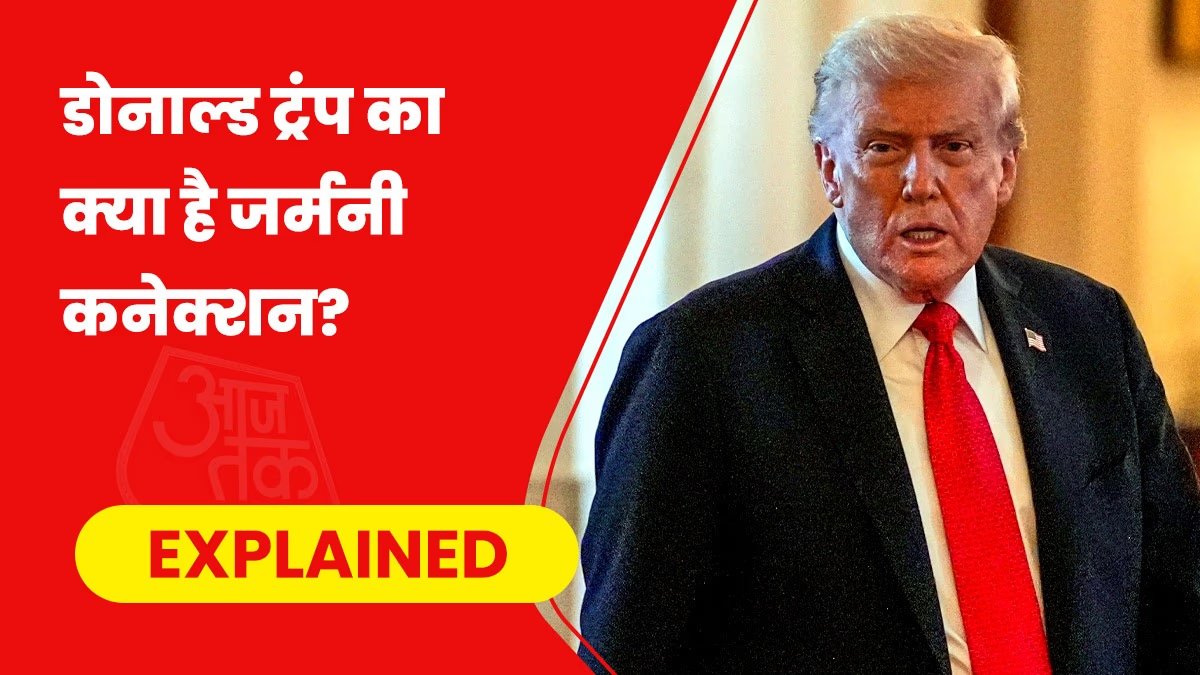The Madrasa law in Uttar Pradesh will not be invalidated for the time being. The Supreme Court has stayed the decision of the Allahabad High Court, which had recently declared the law contrary to the principle of secularism, thereby nullifying it. The Supreme Court declared the High Court had misunderstood the law.
Chief Justice D.Y. Chandrachud, along with Justices J.B. Pardiwala and Manoj Mishra, indicated that the Allahabad High Court had misinterpreted certain provisions of the law.
The High Court had on March 22 declared the UP Board of Madrasa Education Act 2004 unconstitutional and a violation of the principle of secularism. Now, the Supreme Court has placed a stay order on the High Court's ruling. This means Madrasas in UP will continue to operate. The Supreme Court's decision provides substantial relief to the 1.7 million students studying in Madrasas.
What transpired in the Supreme Court?
The Managers Association of Madaris challenged the High Court's decision in the Supreme Court. Senior Advocate Abhishek Manu Singhvi argued on behalf of the association that Madrasas have been functioning for 120 years and an abrupt closure would affect 1.7 million students and around 10,000 teachers.
Countering the High Court's perspective that Madrasas do not offer modern subjects, Singhvi posited that subjects like Maths, Science, Hindi, and English are also taught. It is incorrect to perceive Madrasas as purely religious educational institutions.
Singhvi also argued that there are renowned Gurukuls in Haridwar and Rishikesh doing commendable work. 'My father holds a degree from one of them. Would you close them down because they implicate religious teaching?’ he questioned.
On the other hand, Attorney General K. Venkataramani, representing the Centre, stated that the only impact of the law's annulment would be the cessation of government aid to Madrasas. A.S.G. Nataraj, representing the UP government, clarified that the government does not intend to shut down any Madrasa and annual support of INR 1,096 crores is currently provided to them.
The Supreme Court's stance
The bench, led by CJI Chandrachud, expressed that the High Court misjudged the provisions of the Madrasa law, as it does not prescribe religious education exclusively.
The court articulated that concern for the quality of education provided to Madrasa students would not be addressed by scrapping the Madrasa law. Instead, proper guidelines need to be established to ensure students do not miss out on quality education.
The bench further pointed out that the High Court's order would affect the futures of 17 million children and that the ruling appeared to be flawed at first sight.
During the proceedings, ASG Nataraj informed on behalf of the UP government that the High Court's decision was acceptable. To which CJI Chandrachud asked why, despite defending their law in the High Court, they were not doing so here. Responding, Nataraj mentioned the government chose to accept the High Court's decree post-judgment.
Why was the law annulled by the High Court?
An individual named Anshuman Singh Rathore had filed a petition in the Allahabad High Court against the Madrasa Board law. Rathore challenged the constitutional validity of the law.
The High Court ruled on March 22, declaring the UP Board of Madrasa Education Act 2004 'unconstitutional' and in violation of the principle of secularism, integral to the Constitution of India. The government was also ordered to integrate children studying in Madrasas into the regular schooling system.
The Allahabad High Court found the Madrasa Law 2004 to be a violation of secularism, an essential part of the constitutional framework.
The court also stated that the government does not hold the right to establish a board for religious education or to form a school board for a particular religion.
What is the Madrasa Law?
The law was enacted in Uttar Pradesh in 2004 to structure Madrasa education into a formal board. It defined education in Arabic, Urdu, Persian, Islamic Studies, Tibb (traditional medicine), Philosophy among other domains.
There are around 25,000 Madrasas in UP; nearly 16,000 of them are recognized by the UP Board of Madrasa. There are about 8,500 Madrasas that are not recognized by the Madrasa Board.
The Madrasa Board offers undergraduate (Kamil) and postgraduate (Fazil) degrees and also administers a diploma called 'Qari.' Each year, the board also conducts examination equivalent to 10th grade called 'Munshi' and 'Maulvi,' and 'Alim' equivalent to the 12th grade.
The way forward
The Supreme Court has provisionally halted the Allahabad High Court's ruling and has issued notices to the Centre and the UP government.
The Supreme Court has granted time until June 30, 2024, for responses to be filed, with hearings scheduled for the second week of July.




